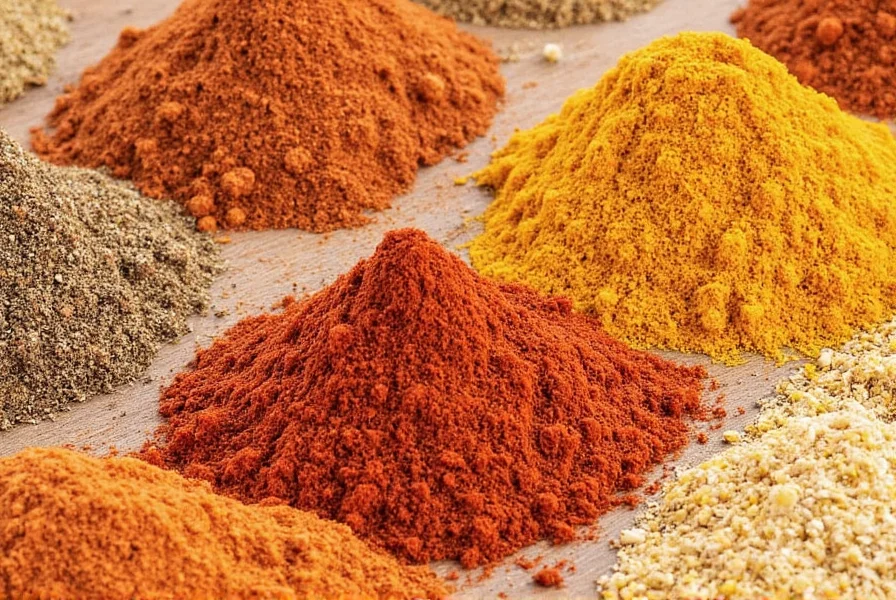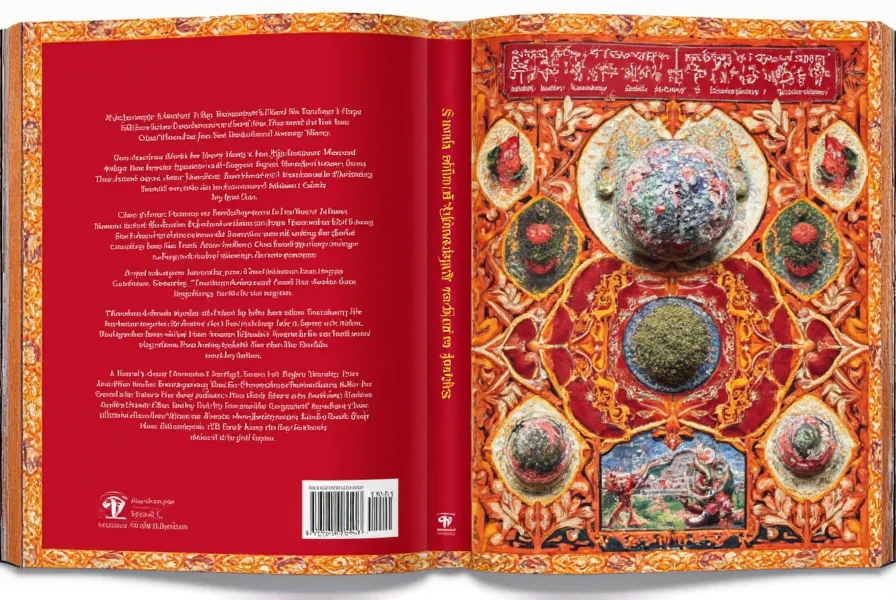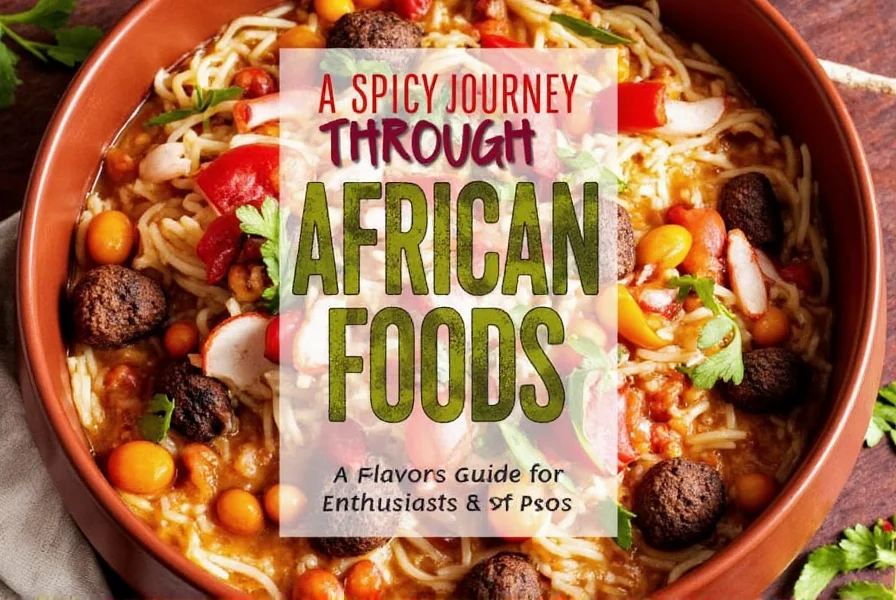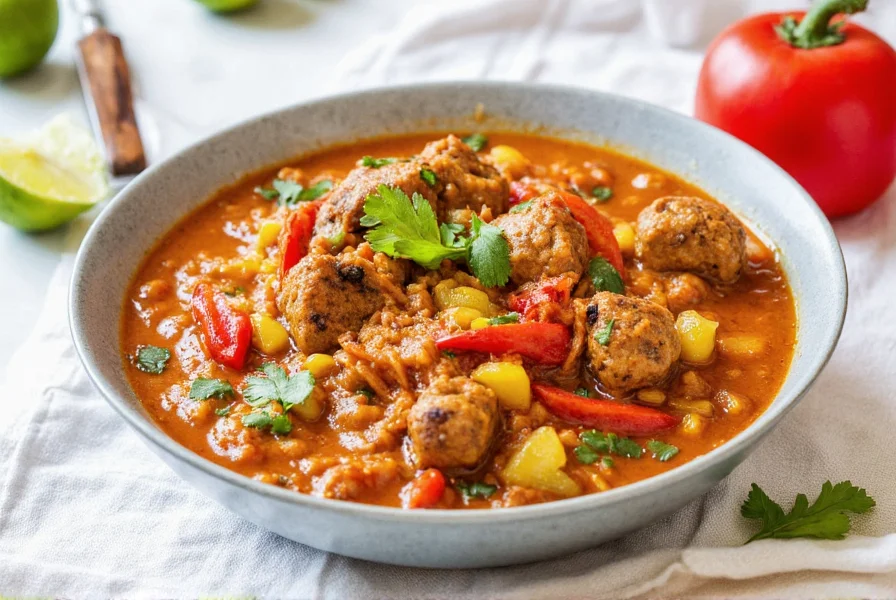A Spicy Journey Through African Foods: A Flavorful Guide for Enthusiasts and Pros
When it comes to global spice traditions, few regions offer as much diversity and depth as Africa. From the smoky richness of North African spices to the vibrant heat of West African dishes, African foods are a celebration of flavor, culture, and history. Whether you're an amateur enthusiast or a seasoned food professional, this guide will take you on a journey through the world of African cuisine, offering practical tips, in-depth explanations, and visual comparisons that highlight the unique characteristics of these traditional foods.
Table of Contents
- The Flavorful World of African Foods
- Must-Have Spices in African Cuisines
- Popular Dishes You Should Try
- 5 Practical Tips for Cooking with African Foods
- Buying Guide: Essential Ingredients for African Cooking
- Conclusion
The Flavorful World of African Foods
African foods are not just about heat—they’re about complexity, balance, and cultural storytelling. Each region brings its own unique flavors, influenced by geography, climate, and history. For example:
- North Africa: Known for bold, aromatic spices like cumin, coriander, and harissa, North African cuisine often features stews, tagines, and flatbreads.
- West Africa: The use of ingredients like yams, plantains, and groundnuts is common, with dishes like jollof rice and egusi soup showcasing rich, hearty flavors.
- East Africa: Spices such as cardamom, cloves, and cinnamon are widely used, especially in Ethiopian and Somali cooking, where injera and spiced meats are staples.
- South Africa: Known for its braais (barbecues), South African cuisine blends indigenous flavors with European influences, featuring dishes like bunny chow and biltong.



Must-Have Spices in African Cuisines
No African meal is complete without the right blend of spices. Here are some essential ones to keep in your kitchen:
| Spice | Region | Flavor Profile | Common Uses |
|---|---|---|---|
| Cumin | North Africa | Earthiness, warmth | Tagines, soups, spice blends |
| Coriander | North Africa | Lemony, citrusy | Stews, couscous, spice mixes |
| Chili Powder | West Africa | Heat, smokiness | Jollof rice, pepper soup |
| Harissa | North Africa | Spicy, tangy, smoky | Sauces, marinades, dips |
| Paprika | South Africa | Mild, sweet, smoky | Braais, stews, seasoning |
Each of these spices has a story and a purpose in African cooking. Don’t be afraid to experiment—sometimes, the best flavors come from unexpected combinations.
Popular Dishes You Should Try
If you’re new to African foods, here are some must-try dishes that showcase the continent’s culinary diversity:
- Jollof Rice – A beloved West African dish made with tomatoes, onions, and a mix of spices. It's often served at celebrations and family gatherings.
- Injera – A spongy, sourdough flatbread from Ethiopia, typically eaten with stews and vegetables.
- Bunny Chow – A South African street food made by hollowing out a loaf of bread and filling it with spicy curry.
- Couscous – A staple in North Africa, made from steamed semolina and often served with meat and vegetables.
- Thieboudienne – Senegalese-style fish and rice, known for its rich, flavorful broth.
These dishes are more than just meals—they're a window into the culture and traditions of the people who prepare them.
5 Practical Tips for Cooking with African Foods
Whether you're trying to recreate a favorite African dish or experimenting with new flavors, these tips will help you get the most out of your cooking:
- Use Fresh Spices: Many African recipes rely on the natural aroma of whole spices. Try grinding your own cumin or coriander for a more vibrant flavor.
- Embrace Heat Gradually: African dishes can vary in spiciness, so start with small amounts of chili powder or harissa and adjust to your taste.
- Pair with Starchy Staples: Rice, bread, and root vegetables are common in many African meals. They help balance the richness of the spices and proteins.
- Experiment with Fermentation: Some African cuisines, like Ethiopian injera, use fermented dough. This adds a unique tangy flavor and texture.
- Don’t Skip the Sauces: Many African dishes are served with rich, spicy sauces. Make sure to include them to enhance the overall experience.
Buying Guide: Essential Ingredients for African Cooking
If you want to bring the flavors of Africa into your kitchen, here’s a list of must-have ingredients and products:
1. Harissa Paste
Features: A fiery, smoky paste made from chili peppers, garlic, and spices.
Advantages: Adds depth and heat to sauces, stews, and marinades.
Use Cases: Perfect for Mediterranean and North African recipes.
Target Audience: Home cooks and chefs looking to add authentic heat to their dishes.
Suitable Occasions: Weeknight dinners, potlucks, and special events.
2. Ground Cumin
Features: A warm, earthy spice commonly used in North African and Middle Eastern cooking.
Advantages: Enhances the flavor of soups, stews, and grilled meats.
Use Cases: Ideal for making spice blends like ras el hanout.
Target Audience: Anyone interested in exploring global flavors.
Suitable Occasions: Family meals, holiday feasts, and casual gatherings.
3. Injera Flour
Features: A type of sourdough flour used to make the spongy flatbread from Ethiopia.
Advantages: Offers a unique texture and tangy flavor that pairs well with stews and vegetables.
Use Cases: Great for making homemade injera or as a base for toppings.
Target Audience: Food enthusiasts and those seeking to try Ethiopian cuisine.
Suitable Occasions: Dinner parties, cultural events, and weekend cooking sessions.
4. Jollof Rice Mix
Features: A pre-made mix that includes tomatoes, onions, and spices to make authentic jollof rice quickly.
Advantages: Saves time while still delivering a rich, flavorful result.
Use Cases: Ideal for busy weeknights or when you want to impress guests.
Target Audience: Busy parents, students, and anyone looking for a quick meal.
Suitable Occasions: Lunches, dinners, and family gatherings.
5. Paprika
Features: A mild, sweet spice used in South African and other African cuisines.
Advantages: Adds color and a subtle heat to dishes without overpowering other flavors.
Use Cases: Perfect for seasoning meats, stews, and roasted vegetables.
Target Audience: Home cooks and professional chefs alike.
Suitable Occasions: Barbecues, potlucks, and everyday meals.
Remember, the key to great African cooking lies in using high-quality ingredients and understanding how they work together. Whether you're starting from scratch or using pre-made mixes, there's something for every skill level.
Conclusion
African foods are a treasure trove of flavors, textures, and cultural significance. From the smoky heat of harissa to the comforting warmth of jollof rice, each dish tells a story and connects us to the rich traditions of the continent. By exploring these ingredients and techniques, you’ll not only expand your culinary horizons but also deepen your appreciation for the diverse world of global spice traditions.
So, grab your apron, stock up on some essential spices, and let the flavors of Africa transform your next meal. After all, as the saying goes, “African foods are not just about what you eat—they’re about how you feel.”











 浙公网安备
33010002000092号
浙公网安备
33010002000092号 浙B2-20120091-4
浙B2-20120091-4